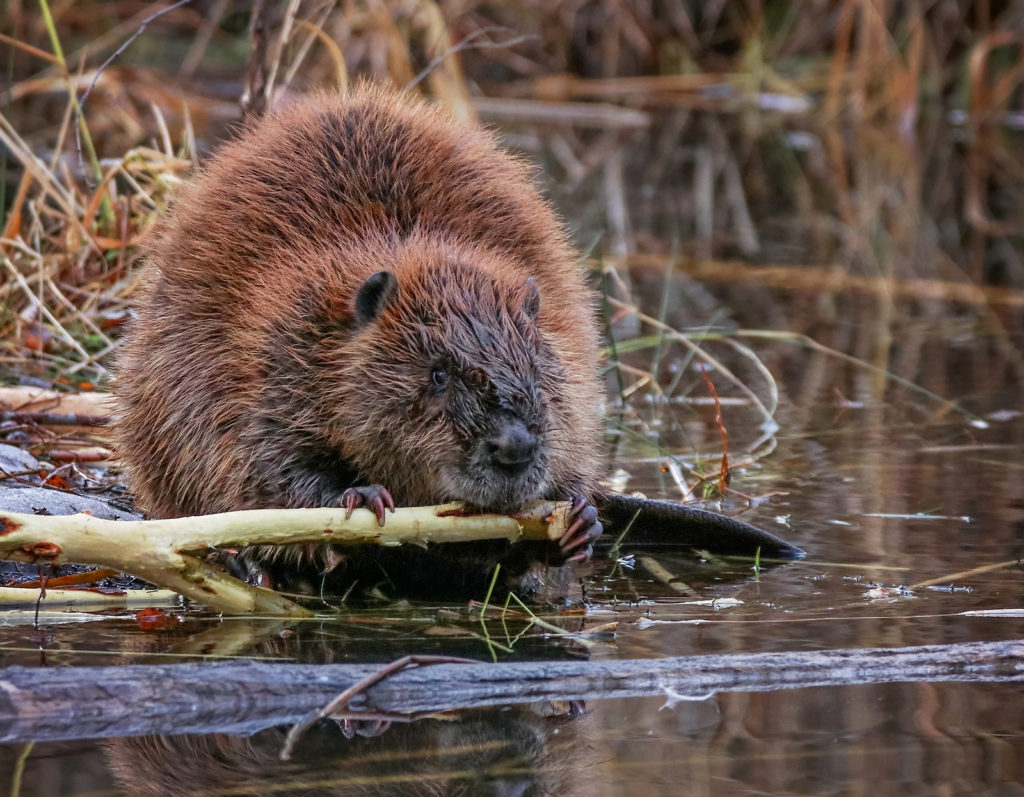News
Beavers Introduced To Support Water Management!
If you visit the Holnicote estate in Somerset in the near future, keep your eyes peeled as you may well see a couple of new faces on the National Trust land – a pair of beavers, which have just been introduced to their new home in a bid to help prioritise water management, ease flooding and increase biodiversity.
According to the Guardian, there have been similar reintroductions carried out over the last few years, including one in the Forest of Dean in Gloucestershire as a way of dealing with flooding issues. And a wild colony seems to have re-established itself in Devon in the River Otter.
Project manager for the National Trust at Holnicote Ben Eardley explained that the beavers will help to thin out the trees, which will bring in more light and therefore more plant and wildlife. The dams they build could also potentially slow water flow, which will reduce the risk of flooding downstream.
Mr Eardley said: “As ecosystem engineers the beavers will develop wetland habitat, increasing the variety and richness of wildlife in the local landscape. Their presence in our river catchments is a sustainable way to help make our landscape more resilient to climate change and the extremes of weather it will bring.
“The dams the beavers create will slow the flow, holding water in dry periods, which will reduce the impact of drought. They will help to lessen flash-flooding downstream, reducing erosion and improving water quality by holding silt and pollutants.”
If this news story has inspired you to take a look at how you and your business could make changes to your water usage in order to protect this natural resource and ensure its security for future generations, you’ll be pleased to hear that there’s a lot you can do in this regard.
It’s all about balancing your business’s water needs with those of the environment and your local community and effective management will allow you to understand all the risks associated with water usage in consumption. From there, you can then devise strategies to minimise the risks and make sure your operations continue to be sustainable in the future.
You could consider introducing smart meters on your site, for example, which will help you be more responsible with water usage. Automated meter reading works by monitoring water usage across your entire site continuously, which means issues can be spotted quickly and you’re better able to adjust your water-saving solutions in response.
It could also be beneficial to have a water audit carried out, so you can see what your current usage is and how you can improve in certain areas. This will help you reduce your water footprint and increase your cost savings into the bargain.
If you’d like to find out more about how you could help save water and save yourself money at the same time, get in touch with us today.
